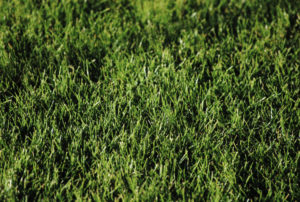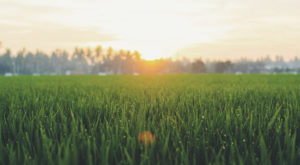Growing a grass lawn can sometimes feel like a massive challenge. Despite the fact that people have been breeding hardy grasses for years, creating that iconic patch of green isn’t as easy as people make out. It actually takes a lot of knowledge.
The purpose of this post is to make your life a little easier. It turns out that the type of grass you choose has a substantial impact on the final success of your lawn. Some species will work better than others.
For instance, warm-season grasses tend to do better in warmer climates. Visually, they look almost identical to regular grasses. But they have special chemical properties that make them more resistant to heat and direct sunlight.
On the other hand, cool-season grasses are the perfect type of grass for the winter. These are better able to resist frost and can grow in low-light situations, like those you get in December, January and February.
Let’s take a look at some cool and warm-season grasses and their effects on lawn care maintenance.
Fine Fescue

Fine fescue grass is a little different-looking from regular varieties. It has much thinner, darker leaves than average. And this property allows it to survive large swings in temperature. That means that it is popular in the north of the country where winter temperatures can plummet and summer temperatures can get extreme.
Perennial Ryegrass

Perennial ryegrass is recognisable for its thin, pointed leaves. It is a cool-season grass, popular for its ability to resist trampling. You should use this if you have kids who spend a lot of time playing on your lawn. It is also beneficial because it germinates quickly, allowing you to grow it rapidly if you have bare patches in your garden.
Centipede Grass
Centipede grass is identifiable for its notched, light green leaves. It tends to grow low to the ground and spreads out horizontally, requiring less frequent mowing. It is highly resistant to direct sunlight but doesn’t fare as well in extremely dry regions. So if you’re going to use it as summer grass, you’ll need a regular watering schedule.
Zoysia Grass
Zoysia is a slow-growing grass that shares some of its characteristics with St. Augustine grass. It actually likes being in full sun and, when it reaches maturity, it producers wide, stiff leaves. Unfortunately, it doesn’t fare so well in winter conditions, turning brown if the temperatures dip below the freezing point of water. However, if you live in a southern region, then it could be the perfect accompaniment for your garden.
Dichondra
Dichondra isn’t grass at all, but rather a small flowering plant that some people use instead of grass in the west and southwest. Why? Because it can create the effect of having a lawn when you can’t achieve it with regular grass. The plant produces lots of small, bright green leaves and is mowable, just like regular grass. The downside is that you’ll need to feed it regularly to keep it in good shape. So remember that if you are considering it.








Speak Your Mind